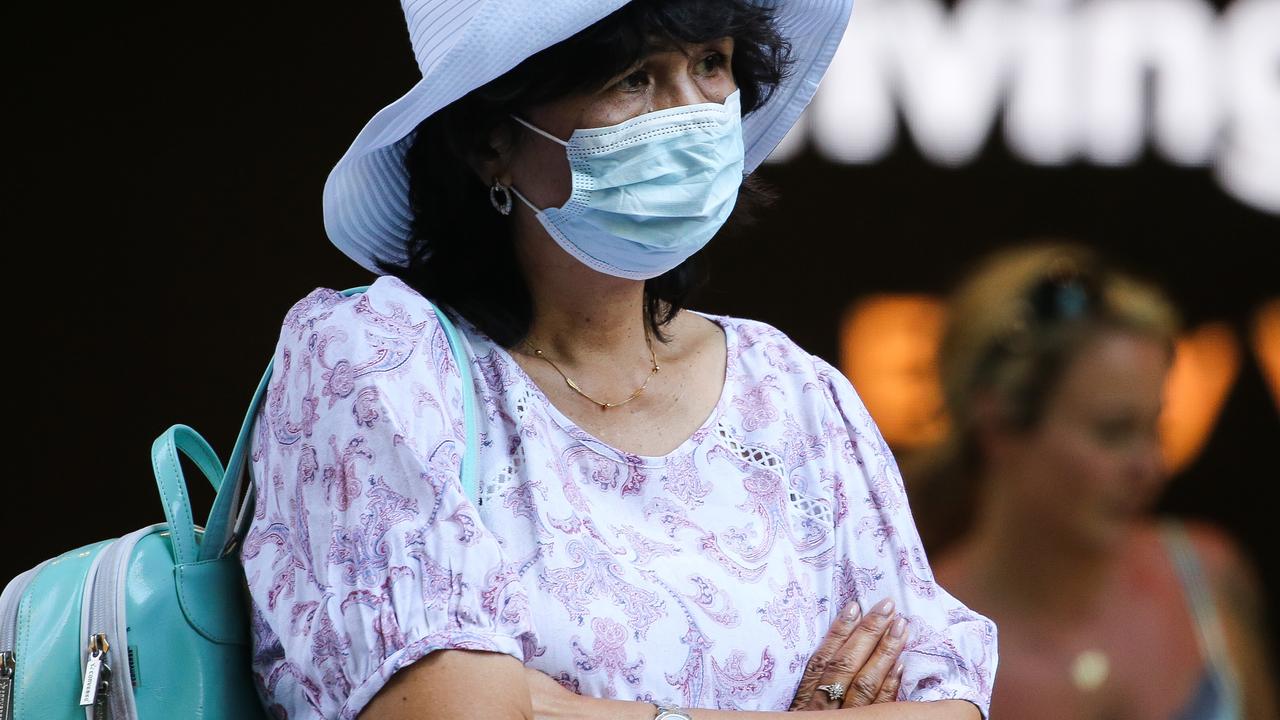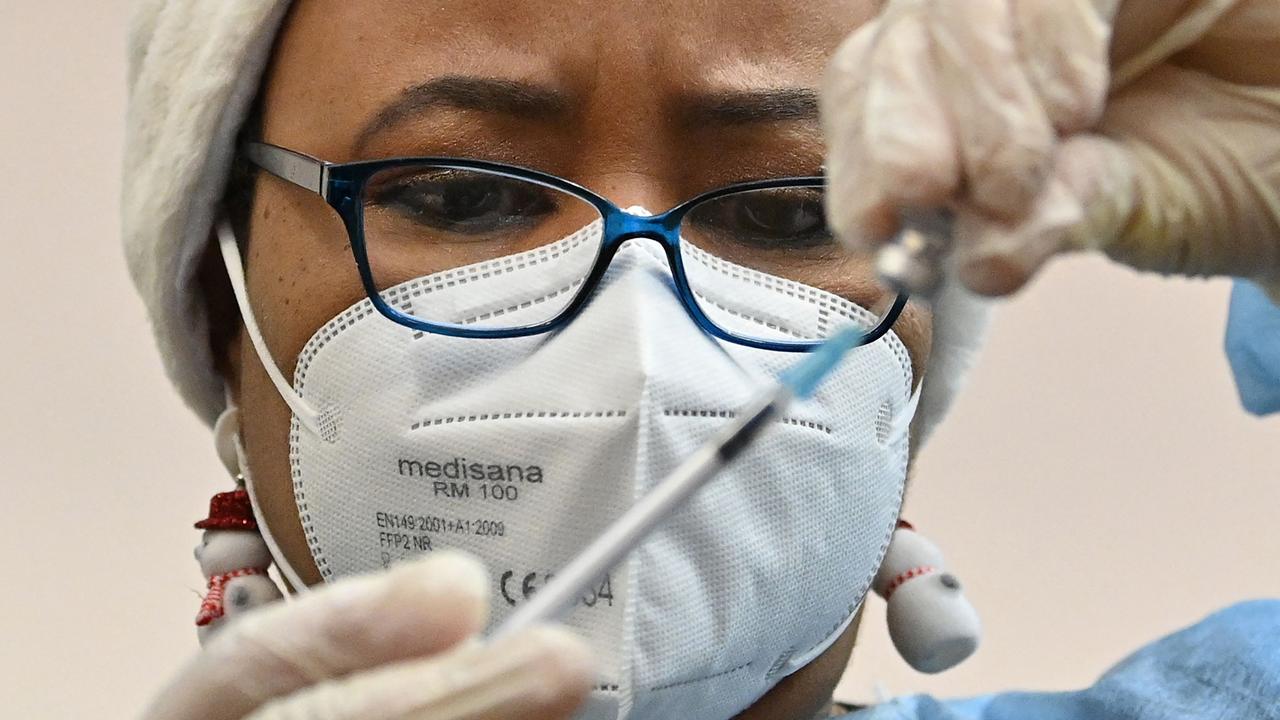Scientists explain ‘Deltacron’ strain detected in several overseas countries
A hybrid variant of Covid-19 sharing characteristics of both the Delta and Omicron strains has left scientists scratching their heads.

A hybrid variant of Covid-19 sharing characteristics of both the Delta and Omicron strains has been detected in the US and a number of other European countries.
Scientist believe the mutated ‘Deltacron’ strain emerged from a patient who was infected with both strains at once.
Deltacron was officially recognised as a new variant after its full genomic sequence was uploaded to the global Covid database, GISAID, by virologists from the L’Institut Pasteur in France.
An initial analysis of the variant revealed it was similar to the Delta strain, but includes Omicron’s spike protein which increases transmission, sparking early fears could it combine the more potent Delta with Omicron’s high rate of infectiousness.
“Delta basically grabbed Omicron’s spike protein,” Jeremy Kamil, an associate professor of microbiology and immunology at Louisiana State University told NBC.
“This is essentially Delta trying to hang on by plagiarising from Omicron. The genomes get a bit acrobatic, and pieces can jump and then recombine together.
“It's like if you had 70 printouts of an identical manuscript on your desk and then an office fan turns on and blows things around, and you're trying to put everything back in order. Viruses are no different from that.”


However, scientists believe public immunity to both variants is increasing, meaning the potential for the strain to spill over and wreak havoc like previous strains is relatively low.
“You wouldn’t expect this to be the next big wave because antibody responses and other immune responses against Omicron should work on this recombinant, since it’s the exact same spike,” Dr Scott Nguyen of the Washington DC Public Health Laboratory said.
But WHO experts are still erring on the side of caution, warning it is likely Deltacron will appear in more countries in the coming weeks.
“As we look more, as we do more sequencing, it is possible that this recombinant virus will be detected in other countries, but it is circulating as we understand at very low levels,” Dr Maria Van Kerkhove, the WHO’s technical lead on Covid-19, said.
So far 30 cases have been detected in the UK, with a further 36 cases reported in France, eight in Denmark and one in Germany, Belgium and the Netherlands, according to GISAID.
“There are variants that we would obviously keep under review,” UK Health Secretary Sajid Javid said.
“The most recent one of concern has been Omicron but we have successfully navigated our way through that as a country thanks to the response of the British people.
“There are also so-called subvariants of Omicron and we’re not concerned about any of those at this important time. We keep it under review but we have no concerns at all.”
The emergence of the Deltacron variant came weeks after the initial detection of the Omicron sub-variant BA.2.
The so-called “stealth” variant first emerged in early 2022 and has already begun making its way across the globe, becoming the dominant strain in a handful of predominantly Asian countries.
It was first detected in Australia in earlt 2022, with a Department of Health spokeswoman telling news.com.au in a recent statement that “most states and territories in Australia have detected a very low number of the Omicron sub-variant BA.2 in respiratory samples submitted for testing”.
“The early detection of BA.2 in Australia is a testament to the success of Australia’s genomic sequencing strategy,” the statement continued.
“As with all variants, this will continue to be closely monitored.”
According to the new laboratory experiments from Japan, “Son of Omicron” spreads faster than Omicron, potentially causes more serious illness than earlier strains and also appeared capable of dodging immunity offered by Covid vaccines, although boosters were found to top up protection.
More Coverage
Melbourne University clinical epidemiologist Nancy Baxter was one of the first to sound the alarm over BA.2’s transmissibility in Australia, telling Today in late January that BA.2 might be more contagious than Omicron.
“So if it gets here, it may extend our waves, so our wave may take longer to get out of. But we don’t know enough yet,” she said at the time.
So far, the World Health Organisation has not named the Son of Omicron as a variant of concern or a variant of interest.




